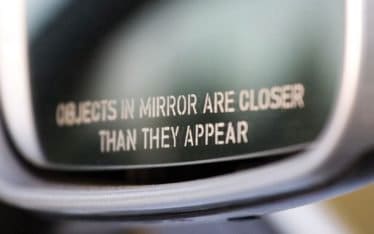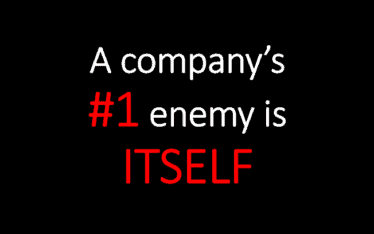Employee buy-in and participation is critical in organizational change
Lack of employee involvement in the change management process can cause major setbacks
Change is a common occurrence for every organisation, but the way change is implemented can take on many forms. If poorly managed, change can result in costly mistakes. Employee buy-in and participation is critical to ensuring changes made in your organisation are successful.
Difference between success and failure
 Organisations change and adapt in many ways, including their strategy, operations, technology and behaviour. Change can be big or small and can occur over any time frame – it can happen instantly or may take years to implement.
Organisations change and adapt in many ways, including their strategy, operations, technology and behaviour. Change can be big or small and can occur over any time frame – it can happen instantly or may take years to implement.
Regardless of the type or size of change, dealing with the perceptions of those involved can make the difference between success and failure.
Expecting resistance to change and planning for it from the start of your change management progamme will allow you to effectively manage objections. Understanding the most common reasons people object to change gives you the opportunity to plan your change strategy to address these factors.
When you invite employees to actively participate in a change process, it increases the likelihood that employees will accept the changes being made. By openly requesting feedback, you are demonstrating that you value employee input and you want to include everyone in the change process.
Involvement encourages individuals to embrace change, in spite of the work it entails, because they have personal ownership.
Done “to” employees, not implemented “with”
The hard truth is that most change initiatives are done “to” employees, not implemented “with” them or “by” them.
Although executives are pushing behavior change from the top and expecting it to cascade through the formal structure, an informal culture left to instinct and chance will likely dig in its heels.
Short URL & Title:
The key to change management – Employee buy-in and participation — https://www.torbenrick.eu/t/r/slz
Share it:
If you enjoyed this article, please take 5 seconds to share it on your social network. Thanks!








Rick,
I found your post to be spot on. Your last paragraph is a good description of Rosabeth Moss Kanter’s quote: “change is a threat when do me, but an opportunity when done by me.” I’m not much of a RMK fan, but her quote was very insightful. In the book where she first published the quote, she said it was what came to her mind when reading Paul Lawrence’s article in HBR on Overcoming Resistance to Change, written in the early 50s.
That brings me to a question for you (that I don’t have the answer to) … how can we make participation and commitment the preferred option over autocracy and resistance? The directive style seems to much faster and easier to managers (lower cost). Participation requires more time and energy (higher cost), with an uncertain results (high risk & high failure rate).
I don’t really blame them. I am married and have a 10 year old daughter and a mortgage. If I had to choose between (1) a low cost-mediocre results and (2) high-cost uncertain result … most of the time bad, sometimes good, I’m going with option 2.
This is our challenge as we enter 2013!
Thanks again,
Ron
Change is deemed to be beneficial if it is made for the benefit of all stakeholdes.No huma can de that.if it were under human capability, it is destructive and stillborn.Whenver we make a change,we may not have a capacity to take into account its significance to all human race and more specifically to the intermediate customers.As result, change is made by unmoved mover.Our role if reflecting his intention as if we are doing it.As we know whether we like it or not we are changing.thus change does not limit to organization.it is the basic nature of living things.frankly speaking we are not making a change rather we are in a state of change due to our very nature.
Change is not what we are doing;it is rather the intention of the unmoved mover.We simply recognize and reflect the intention of the creaturor.I mean that it is a predetermined and predesigned so as to pass through us. I believe that all livingthings are in a state of change whether they like it or not.We delude oursleves by saying that we are making a change despite the fact that we are changing.Let every living things should recognize that they are changing whether it is good or bad without their will.
Change is not something we are doing;it is rather the intention of the unmoved mover.We simply recognize the intention of the creator and reflects his intentionby making a change. I mean that it is predetermined and predesigned will of creator to work in us and with us.I believe that we all are in state of change irrespective of our will.So change is the very nature of living things.So we need prepare ourselves so that the the good will of creator come to pass through us.Or else we should not delude ourselves as if we were making a change despite the fact that we are in state of change.
Change is the only major constant in the universe and yet masses resist Change and being changed. Why? It is the fear of unknown and getting out of the comfort zone. One of the techniques of assisting Change at workplace is to offer incentives to actively participate. In one of my workplaces, free massage was offered once a month for the employees. Great motivator that! Apart from that, Change should have a clear, concise and logical business case that is well presented to the stakeholders and time and again the key messages should be reinforced to refresh the memories. Last but not least, it should be mandated from the top otherwise the success rate may be low.